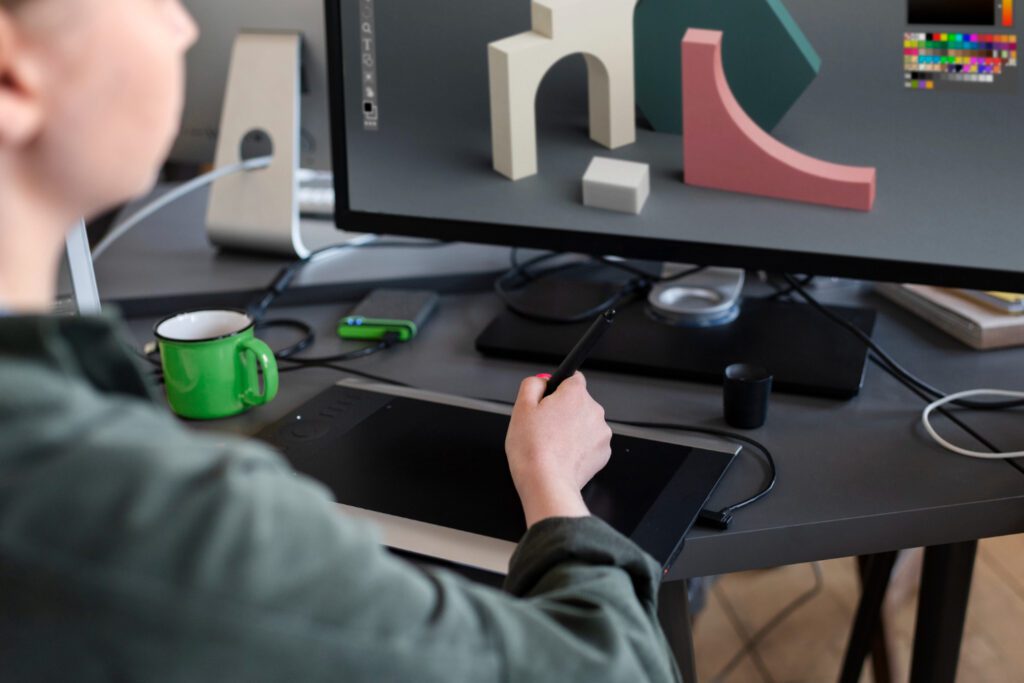In the rapidly evolving landscape of mobile gaming, the development of a successful game app requires a meticulous approach that combines creativity, technical expertise, and strategic planning. With the global mobile gaming market projected to reach $272 billion by 2030 (Statista, 2021), the stakes are high for developers aiming to create the next hit game. This article outlines a comprehensive, step-by-step guide to game app development, from ideation to launch, ensuring that developers are equipped with the knowledge and tools necessary to succeed.
Step 1: Conceptualization and Market Research
The first step in game app development is to conceptualize the game idea. This involves brainstorming unique concepts that can capture the attention of players. However, creativity alone is not enough; thorough market research is essential. According to a report by Newzoo (2022), 50% of mobile games fail to recoup their development costs, often due to a lack of understanding of the target audience and market trends.
Identifying Your Target Audience
Understanding your target audience is crucial. Utilize tools like Google Trends and social media analytics to gauge player preferences. For instance, if your research indicates a growing interest in puzzle games among millennials, you might consider developing a game that incorporates elements of strategy and social interaction.

Understanding the audience through analysis helps in game development.
Analyzing Competitors
Conduct a competitive analysis to identify successful games in your chosen genre. Look at their gameplay mechanics, monetization strategies, and user reviews. For example, games like “Candy Crush Saga” and “Among Us” have thrived due to their engaging gameplay and social features. Analyzing their strengths and weaknesses can provide valuable insights for your own development process.
Step 2: Game Design Document (GDD)
Once you have a solid concept, the next step is to create a Game Design Document (GDD). This document serves as a blueprint for your game, detailing every aspect from gameplay mechanics to art style and sound design. A well-structured GDD can streamline the development process and ensure that all team members are aligned with the vision.
Key Components of a GDD
- Game Overview: A brief description of the game, including genre, target audience, and unique selling points.
- Gameplay Mechanics: Detailed descriptions of how players will interact with the game, including controls, objectives, and challenges.
- Art and Sound Design: Visual and auditory elements that will enhance the gaming experience.
- Monetization Strategy: Plans for generating revenue, such as in-app purchases, ads, or premium pricing.
Step 3: Prototyping
With a GDD in hand, the next phase is prototyping. This involves creating a basic version of the game to test core mechanics and gameplay. Prototyping allows developers to identify potential issues early in the process and make necessary adjustments before full-scale development begins.
Prototyping ensures that the mechanics work before development.
Tools for Prototyping
Several tools can facilitate the prototyping process, including Unity, Unreal Engine, and GameMaker Studio. These platforms offer robust features for creating interactive prototypes without extensive coding knowledge. For example, Unity’s visual scripting tool, Bolt, allows developers to create gameplay mechanics through a node-based interface, making it accessible for non-programmers.
Step 4: Development
Once the prototype has been validated, the development phase begins. This stage involves coding, asset creation, and integrating various components of the game. A well-organized development process is crucial to ensure timely delivery and adherence to the project scope.
Agile Development Methodology
Many game development teams adopt Agile methodologies, which emphasize iterative development and collaboration. This approach allows for flexibility in responding to feedback and changing requirements. According to the Agile Alliance (2023), teams that implement Agile practices report a 30% increase in productivity and a 25% reduction in time-to-market.
Step 5: Testing
Testing is a critical phase in game app development. It involves identifying and fixing bugs, optimizing performance, and ensuring that the game provides a seamless user experience. Various testing methods can be employed, including alpha testing, beta testing, and user acceptance testing (UAT).
Importance of User Feedback
Gathering feedback from real users during beta testing can provide invaluable insights into gameplay mechanics and overall enjoyment. For instance, the developers of “Fortnite” utilized player feedback to refine their game mechanics, leading to its explosive popularity. According to a survey by Quantic Foundry (2022), 70% of gamers prefer games that evolve based on community feedback.
Step 6: Launching the Game
After thorough testing and refinement, the game is ready for launch. This stage involves preparing marketing materials, setting up app store listings, and planning promotional strategies. A successful launch can significantly impact a game’s visibility and initial downloads.
Marketing Strategies
Effective marketing strategies include social media campaigns, influencer partnerships, and pre-launch teasers. For example, the launch of “PUBG Mobile” was supported by a robust marketing campaign that included collaborations with popular streamers, resulting in over 100 million downloads within the first year (Sensor Tower, 2021).
Step 7: Post-Launch Support and Updates
The launch of a game is not the end of the development process. Continuous support and updates are essential to maintain player engagement and address any issues that arise. Regular updates can introduce new content, fix bugs, and enhance gameplay based on user feedback.
Engaging with the Community
Building a community around your game can foster loyalty and encourage word-of-mouth marketing. Platforms like Discord and Reddit provide spaces for players to connect, share experiences, and provide feedback. Engaging with your community can lead to valuable insights and help shape future updates.
Conclusion
In summary, developing a successful game app requires a structured approach that encompasses market research, design documentation, prototyping, development, testing, and post-launch support. By following these steps and leveraging industry best practices, developers can increase their chances of creating a hit game that resonates with players. The mobile gaming market is competitive, but with the right strategy and execution, your next game could be the next big thing.
Key Takeaways
1. Conduct thorough market research to understand your target audience and competitors.
2. Create a comprehensive Game Design Document to guide the development process.
3. Utilize prototyping to test core gameplay mechanics early on.
4. Adopt Agile methodologies to enhance productivity and responsiveness.
5. Engage with your community post-launch to foster loyalty and gather feedback for future updates.
FAQ
What is the average cost of developing a mobile game?
The cost of developing a mobile game can vary widely based on complexity, platform, and team size. On average, simple games can cost between $10,000 to $50,000, while more complex games can range from $100,000 to over $1 million (Clutch, 2022).
How long does it take to develop a mobile game?
The development timeline for a mobile game can range from a few months to several years, depending on the game’s complexity and the size of the development team. Simple games may take 3-6 months, while AAA titles can take 2-3 years or more (Game Developer Magazine, 2023).
What platforms should I target for my game?
Choosing the right platforms depends on your target audience and game genre. iOS and Android are the most popular platforms for mobile games, but consider cross-platform development to reach a wider audience. Tools like Unity and Unreal Engine facilitate cross-platform compatibility (Statista, 2021).


